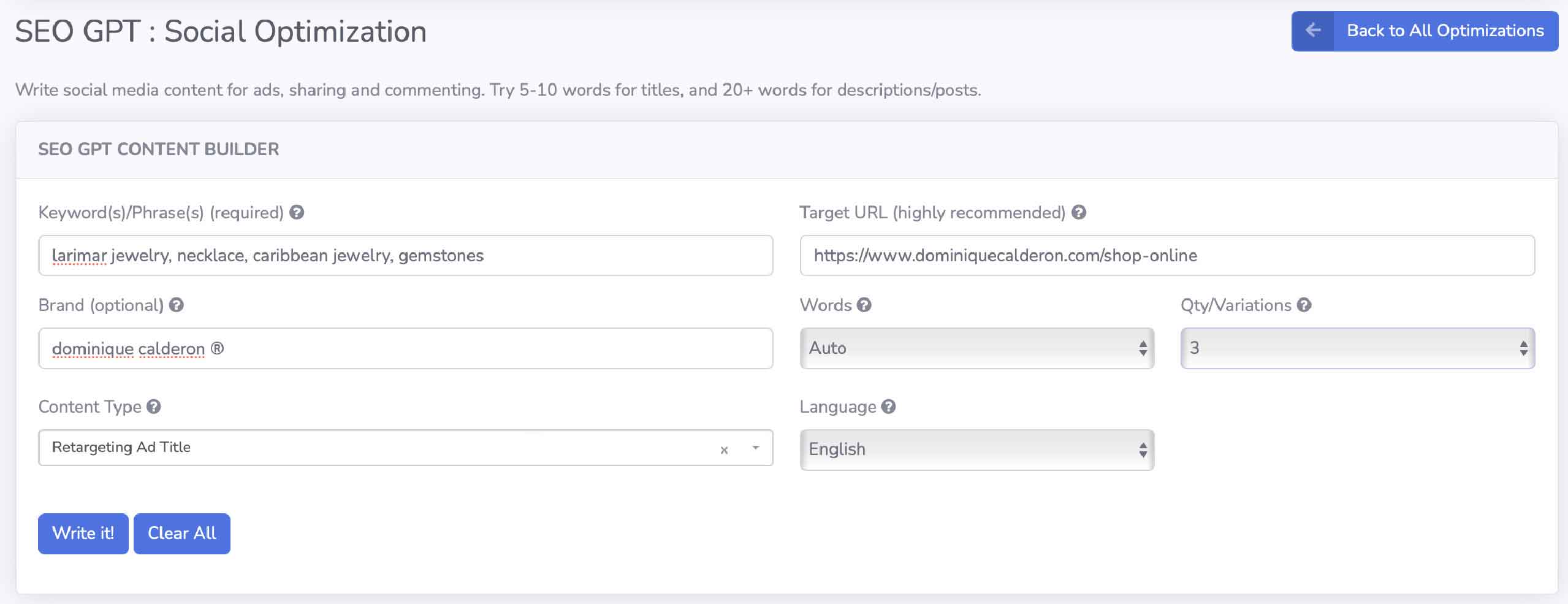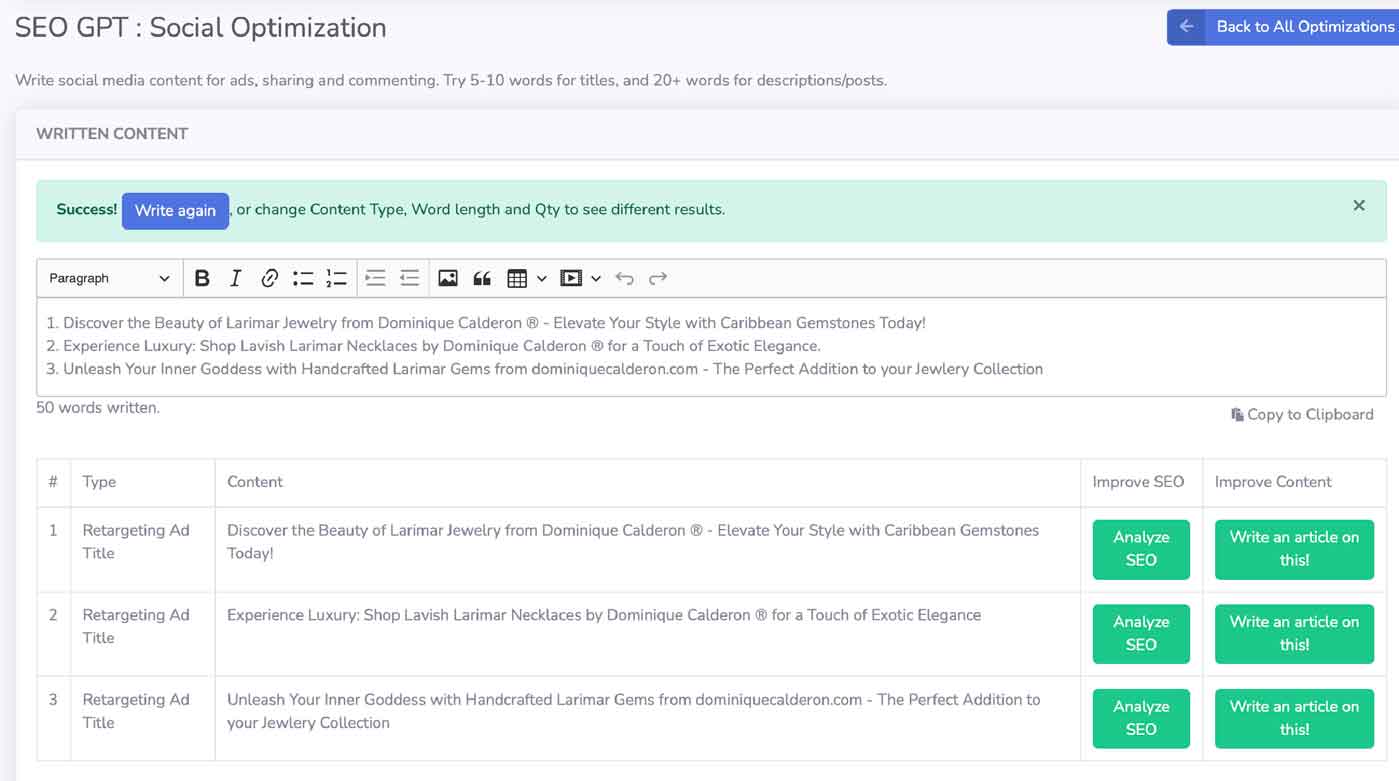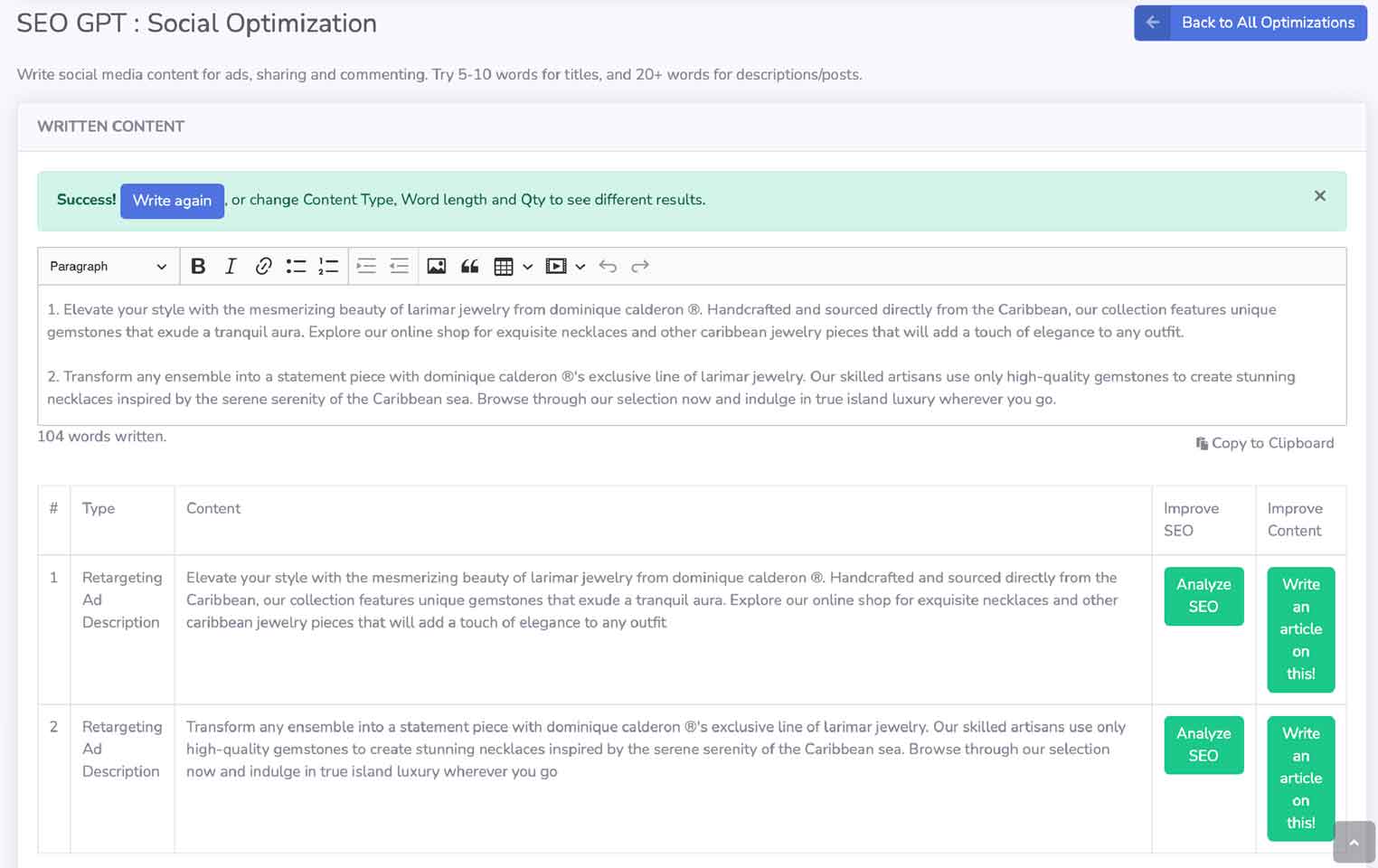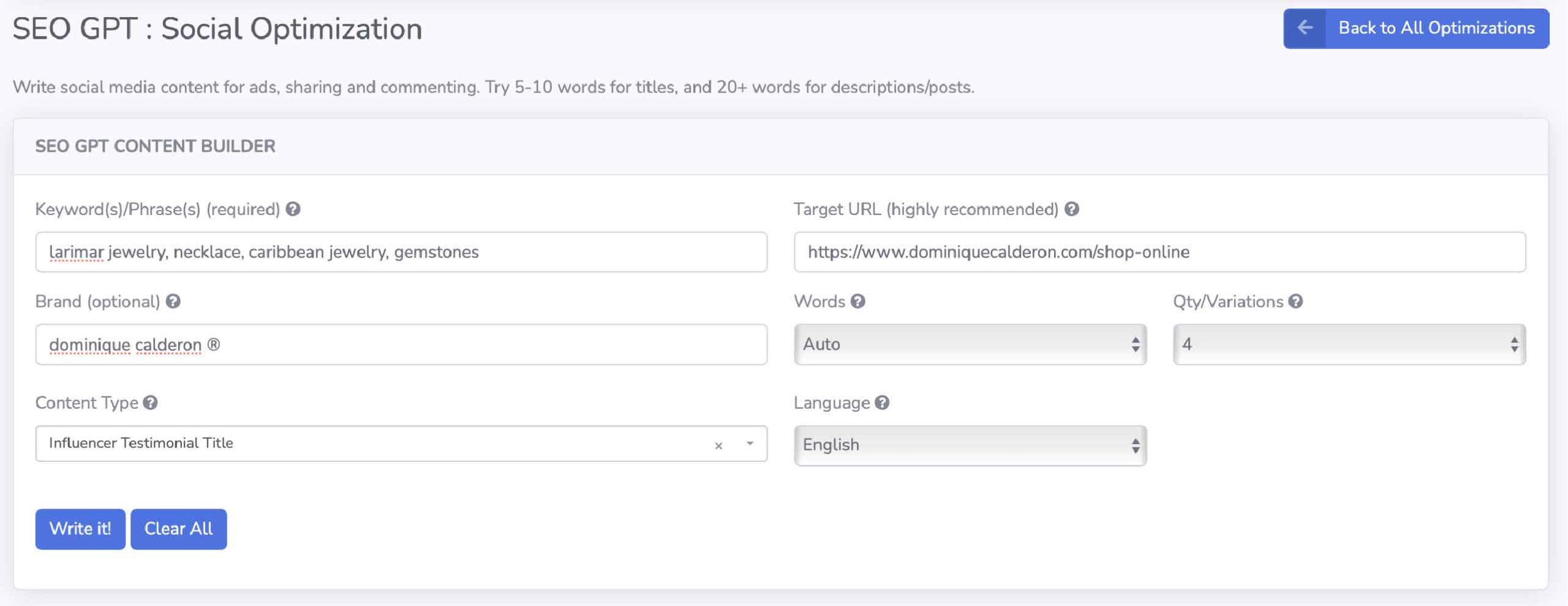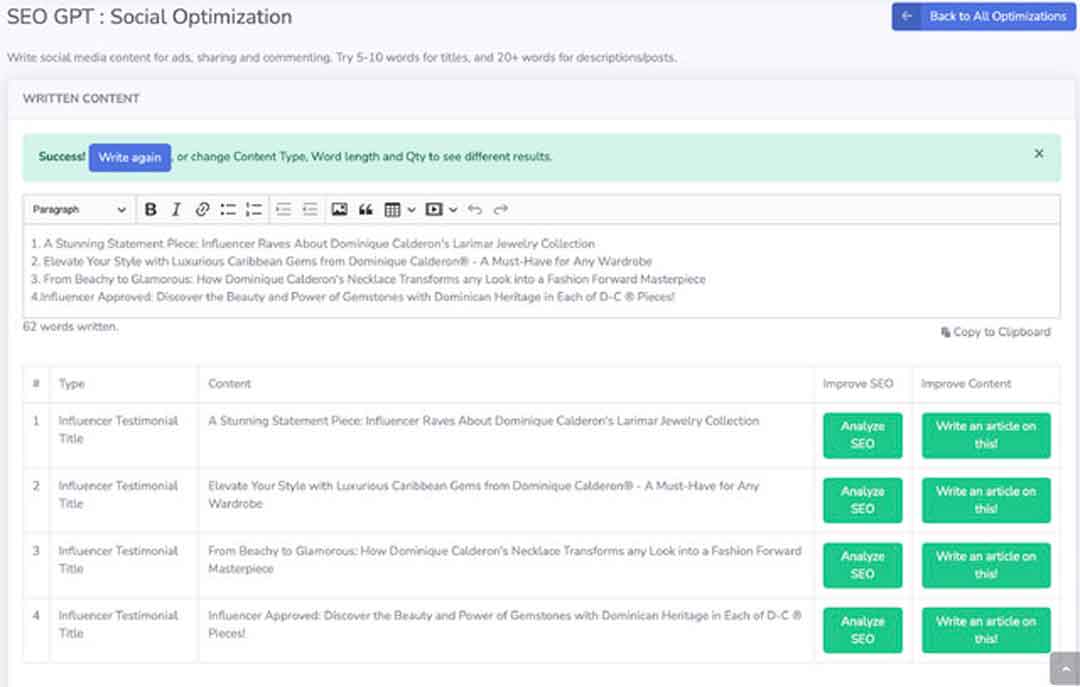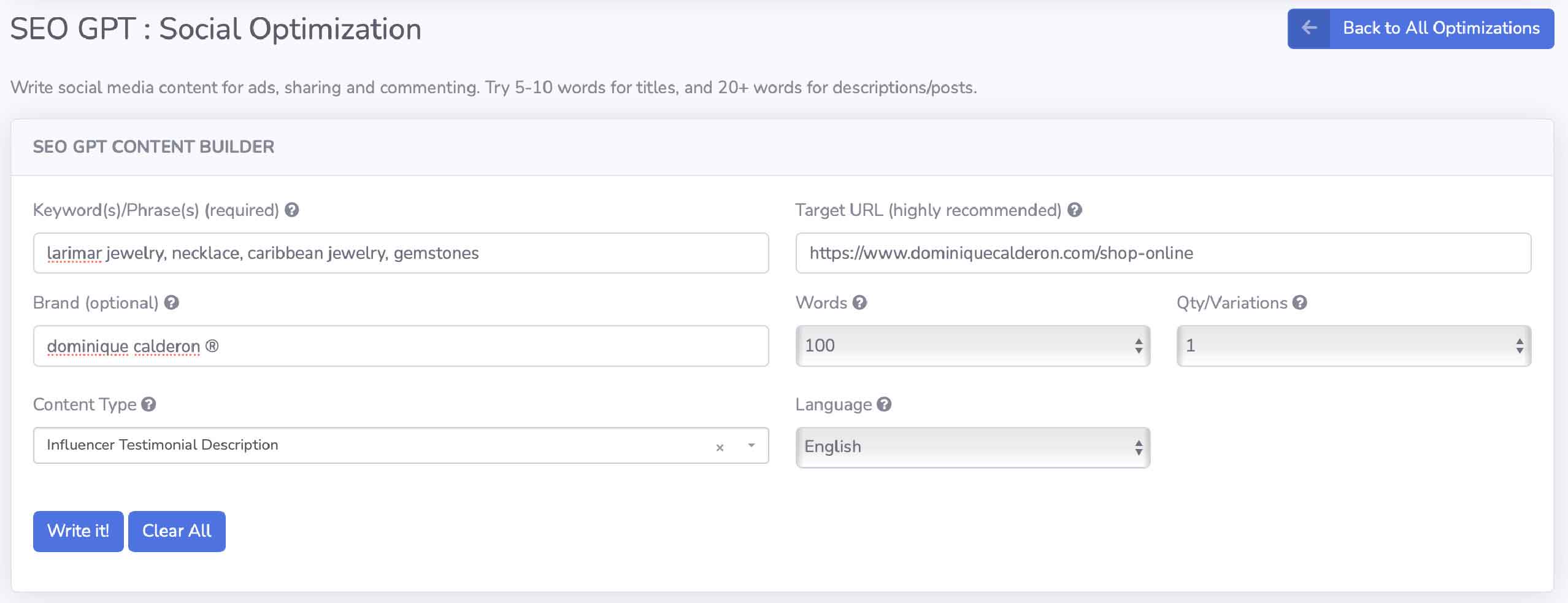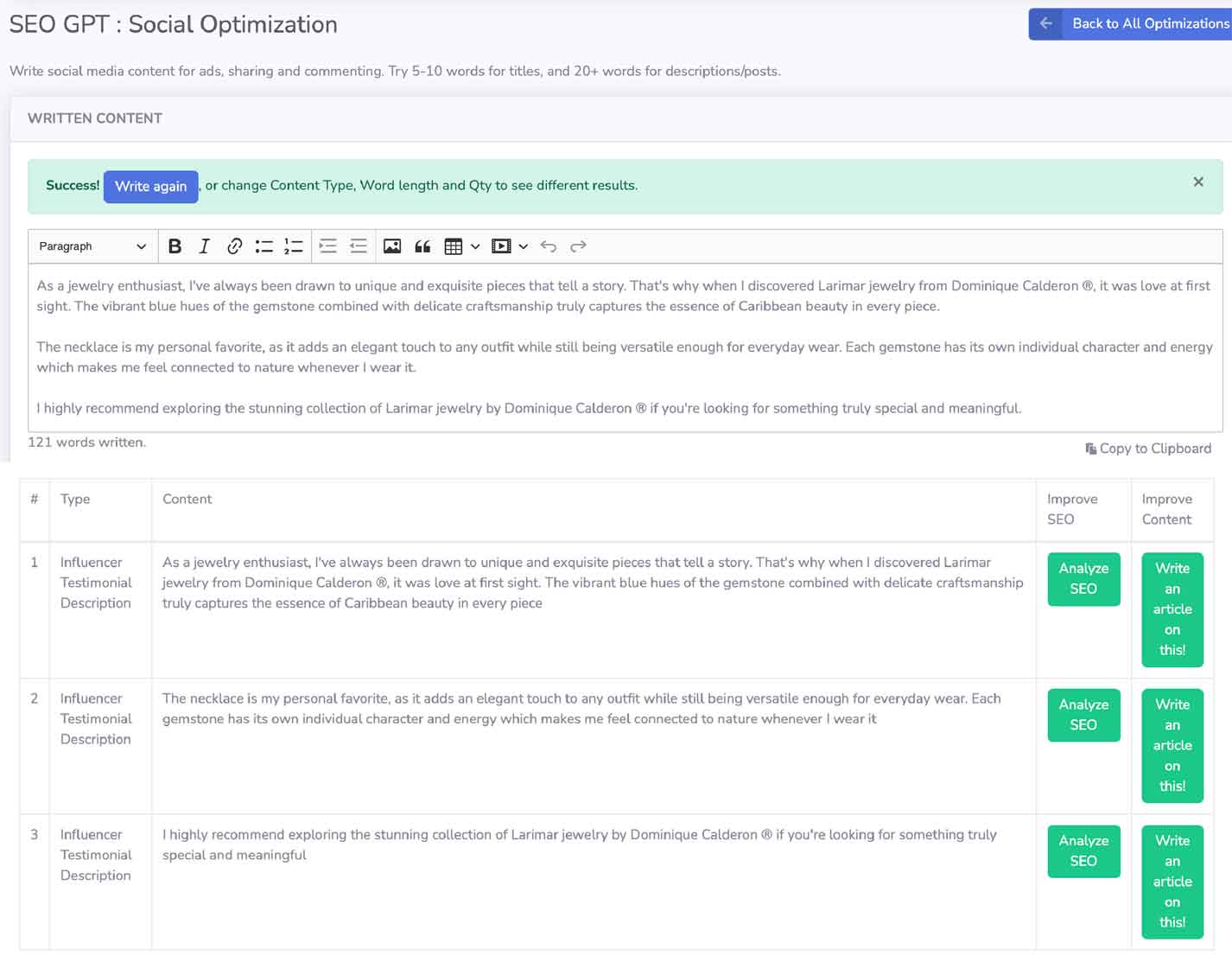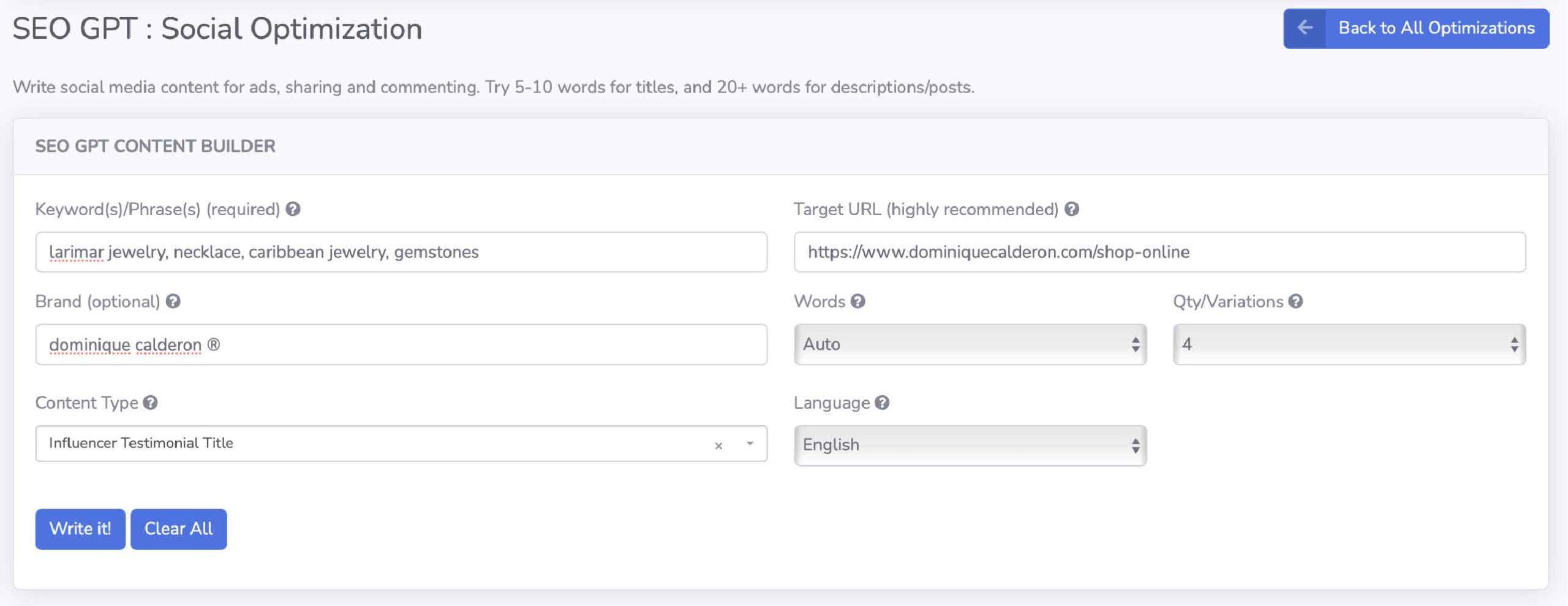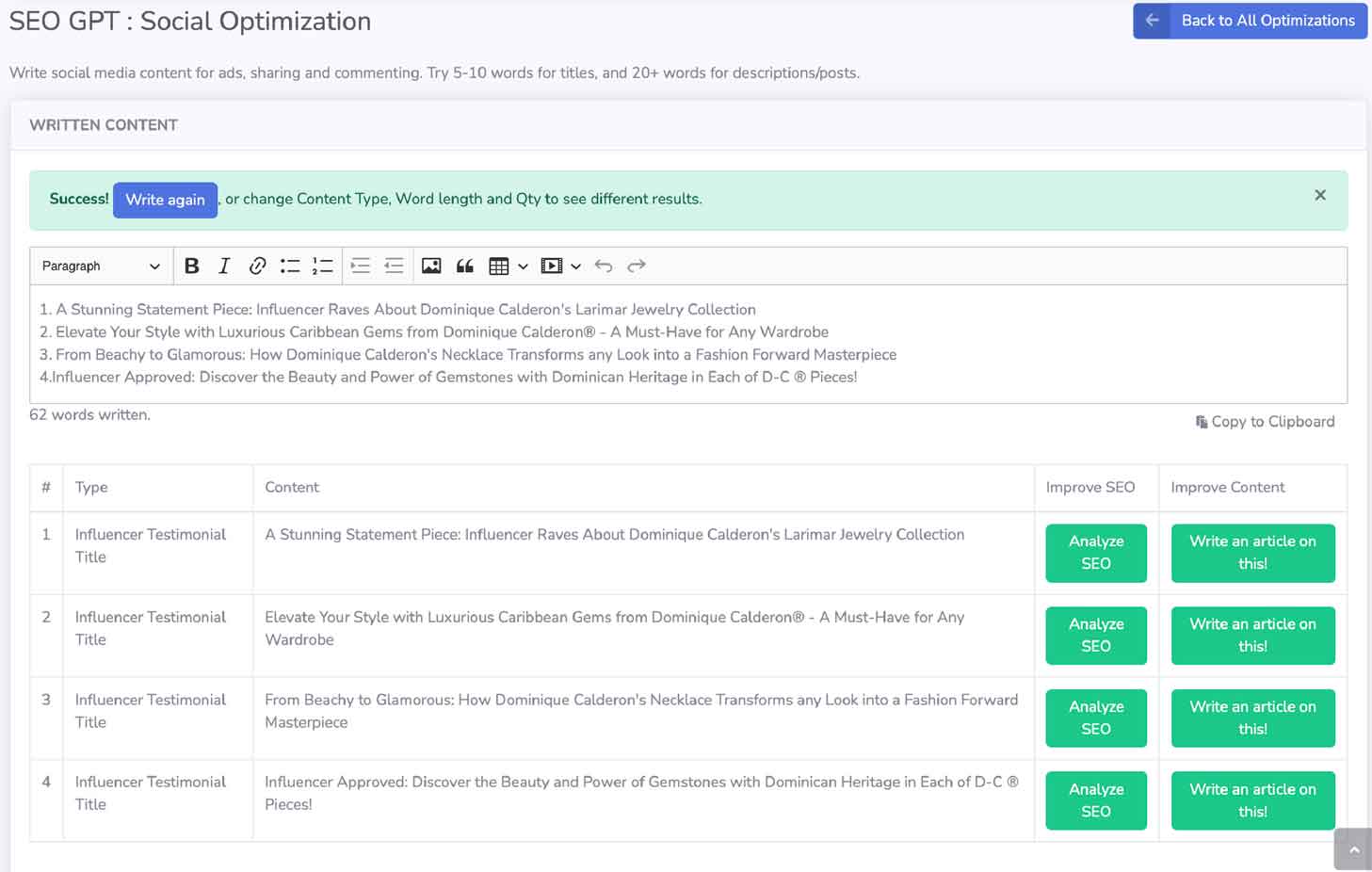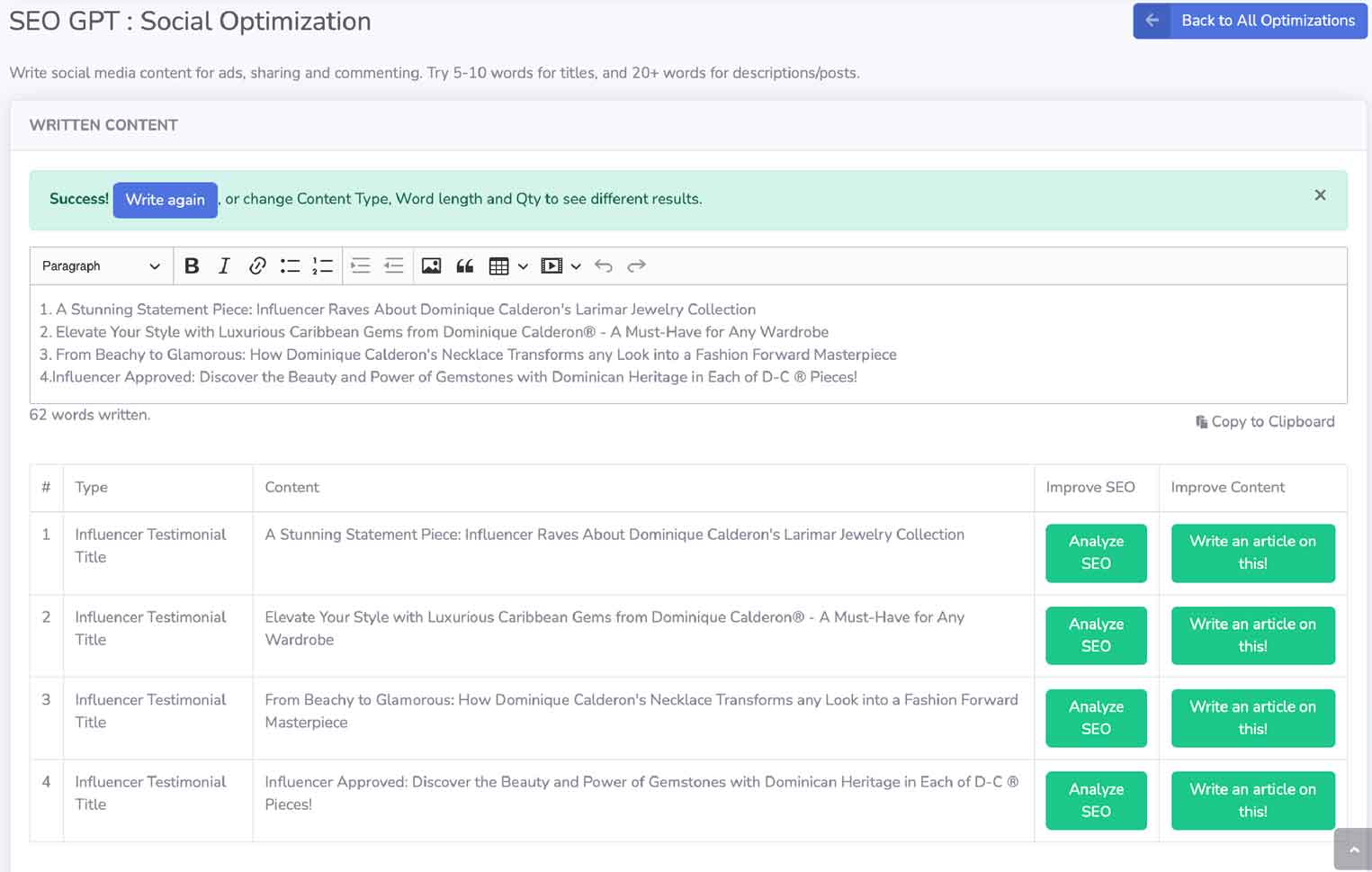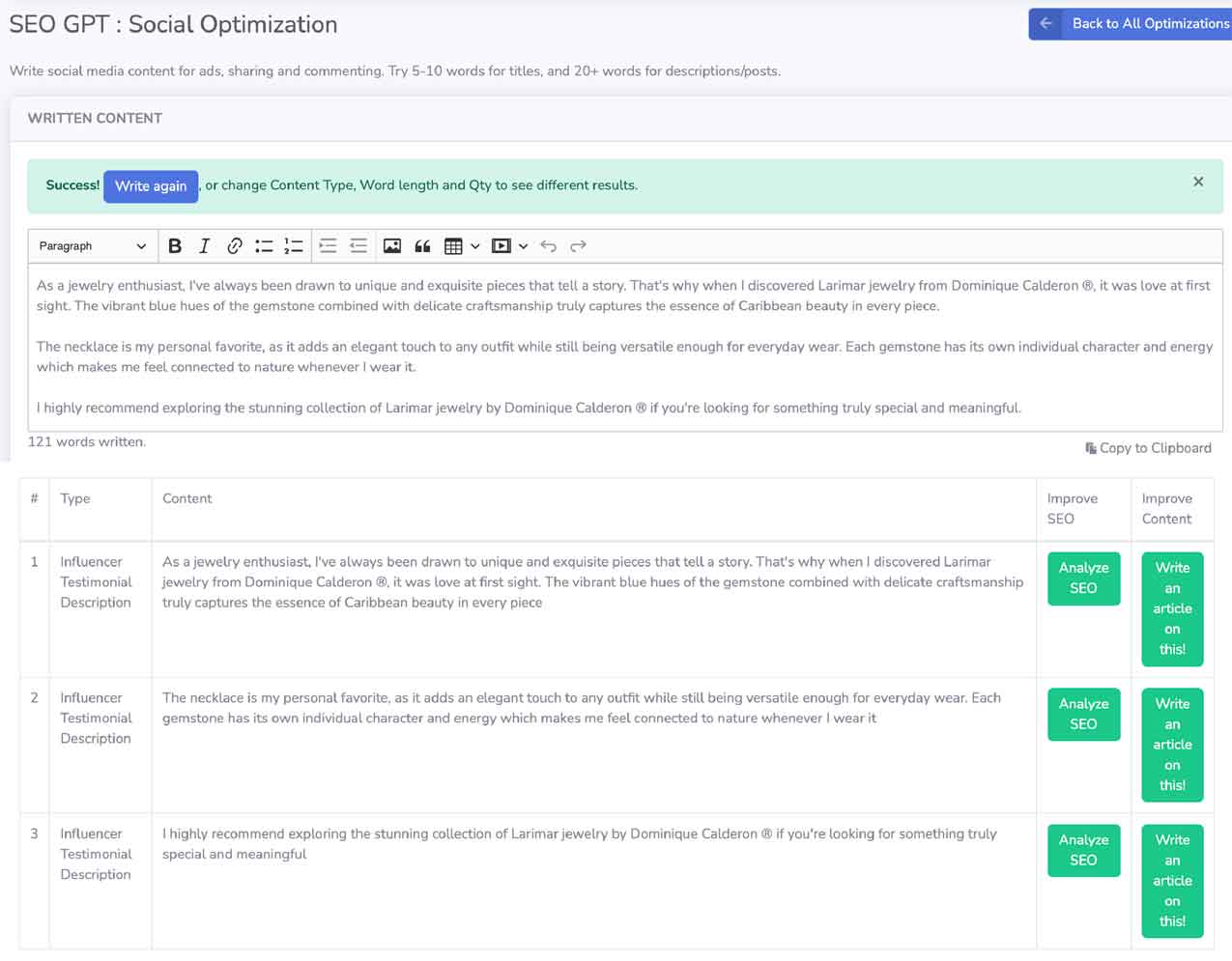You want your social media ads to hit the mark every time, right? Think of SEO GPT as your secret weapon. Mixing SEO with smart tech helps you find individuals who’ve seen your content but need a nudge.
Plus, when influencers share real stories about your product, people listen. However, more tools from top SEO agencies can fine-tune this process. They turn data into action plans that boost engagement and sales through retargeting and authentic influencer testimonials.
Get ready to see the magic happen in ad performance!
Understanding Retargeting Techniques
Retargeting lets you show your ads to people who visited your site but didn’t buy. It’s like reminding them, “Hey, remember us?” You see it a lot on social media platforms. Let’s dive into how this works. First off, someone visits your page. They look around but leave without buying anything or signing up. That’s where retargeting comes in.
By using cookies—a kind of tracking tech—your ad follows them to other sites they visit afterward, including social networks. This technique is smart because it focuses on people already interested in your offer; the hard part is getting their attention done! It’s all about nudge tactics: ensuring your brand stays top-of-mind.
For better results with retargeting, mix different types of ads. Use videos and images that catch the eye. Also, combine offers that are too good to pass up with messages tailored just for them based on what they checked out before.
Optimize your online presence with SEO GPT’s Social Optimization feature. Easily retarget titles and descriptions to maximize your business’s digital impact. Here’s how:
Access the SEO GPT tool via your personal account on SEO Vendor and activate the ‘Social Optimization’ feature. Simply insert keywords, brand name, and URL to generate the desired content.
Retargeting Ad Titles & Descriptions examples:
Studies suggest that customers seeing these targeted reminders maybe 70% more likely to return and convert. Good marketers know combining these strategies can pay off. And don’t forget—you’ll want tools for tweaking campaigns.
Look here for seo agency tools. This resource helps make sense of data so adjustments are easier, making every dollar count towards higher returns.
Leveraging Influencer Testimonials Effectively
When you consider using influencer testimonials, think about it as if you’re telling a story. People love stories they can feel part of, and influencers have a trusting crowd.
When endorsed by satisfied customers, your products or services will generate positive word-of-mouth, increasing credibility and influence over your audience. Think of simple and clear ways to show this trust in action. Maybe an influencer uses your product during an important day for them.
Or shares how it helped in daily life. You want these moments to be real and hit home with viewers—like talking to a friend rather than listening to an ad. To ensure influencers match your brand well, look at what values you share.
SEO GPT is a perfect tool for crafting Influencer Testimonial titles and descriptions. Access it through your personal account on SEO Vendor and activate the ‘Social Optimization’ feature. As previously explained, simply insert keywords, brand name, and URL to generate the desired content. Besides the several options you have to choose from, this particular one might interest you:
Influencer Testimonial Titles & Descriptions examples:
Do some digging into who follows Influencers, too—are these the people likely interested in what you offer? This is key to ensuring the right message reaches the right ears effectively. Then, track everything: How did sales or site visits change after sharing those testimonials?
Did more individuals sign up or follow because of it? Use social media smartly here, too—not just as loudspeakers but also join conversations around shared passions tied back subtly yet powerfully to your campaign themes. Remember, success comes from showing off great results and celebrating every step there—for everyone involved—to foster even stronger connections moving forward.
Integrating SEO and Social Media Ads
When you mix SEO with social media ads, it’s all about finding the right people. Imagine you have a shop. You want people who like what you sell to come in.
SEO helps your online place show up when these people search for things they need that you offer. Now, think of social media ads as roads and signs telling them how to find your shop. To explain it better, consider the following:
First, using the right words matters much here, too—just like in web searches.
When someone looks up something on the net that matches those important words related to what you sell or do, your ad might pop up for them while scrolling through their feed. It can also bring them directly to where they can see or buy products/services from any link shared within. Add pictures or videos to this mix, which grabs attention way quicker than just text alone.
You’re getting clicks and possibly likes, shares, and maybe even some good chatter around whatever is being shown, offered, talked about, etcetera. Cost plays its part, such as cost-per-click (CPC) savings. Algorithms ensure ad dollars are spent effectively by targeting the right audience.
What makes everything stick together, though? Testing, refining, and repeating are essential. Keep checking back to see what works and what doesn’t, then adjust accordingly.
Utilizing Advanced Agency Tools
Managing your ads effectively requires using advanced tools. These tools help you determine who sees your posts, sort people by what they like, where they go online, and more.
This means you can show your message to those most likely to care. Now, let’s dive deeper into these smart systems’ magic parts. First, automation plays a big role here.
It does the repeat work for us—like sending out many versions of an ad—to learn which one works best fast without much effort from our side. Then, machine learning gets smarter over time about who should see your things based on past success stories or failures with similar campaigns.
Analyzing Performance with Analytics Platforms
Analyzing your social media work is key. It shows what catches your audience’s eye and guides you to improve things. Think of it like having a map in hand. This tells you where to go next on this big web trip. So, why look at these numbers? They throw light on what works and doesn’t online for you.
You see which posts pull people in and which ones miss the mark. Plus, knowing early trends gets you ahead of others. You can find out a lot directly from Instagram or TikTok. But other tools give even deeper insights. Looking closely at these details helps tailor your plan more sharply. Checking this data also highlights how individuals feel about your brand.
Or not so much? Catching bad vibes early lets you fix them. This prevents them from growing. Seeing through social chats might reveal new chances. Maybe there’s chatter around something missing. Something that sits right with what you offer.
Adjusting quickly keeps customers happy. Setting real goals comes from understanding stats. Dream big, but stay grounded. Then, pick targets within reach. Aiming right pushes progress. This avoids puffing up hope too high.
Crafting Compelling Calls to Action
When someone visits your site, they need to know what steps to take next. Without clear direction, they might leave and not come back. This is where a call to action (CTA) comes in handy.
CTAs are key for moving your visitors towards buying or signing up. They can be simple words like “Buy Now” or “Join Us.” These phrases help guide people on what to do. For online stores, common CTAs include “Add to Cart” or “Checkout.” If you run a non-profit, you might use “Donate Today” or “Volunteer.” For newsletters, it’s often “Subscribe” or “Sign Up.”
Good CTA design matters, too.
Take Hulu as an example. When you visit their page, there’s a clear option for starting a free trial. Or consider Uber Eats.
Upon entering the address details and selecting food preferences, boom! There’s that big comforting button prompting them to ‘find Food.’ This makes users’ lives easier by seamlessly adding items to carts and showing the total cost at all times—pure brilliance! We don’t want more people leaving sites confused and frustrated because they didn’t find how to proceed further simply because no effective CTA buttons were guiding them through.


